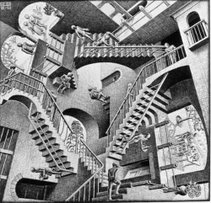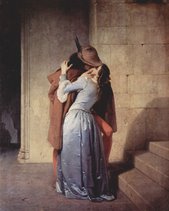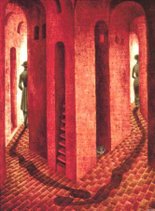 In his books, J. R. R. Tolkien described a whole world. In this world, Elves played an important role. They had a rich history, culture and, of course, language. The two most known languages are Sindarin and Quenya. Those are written by a script created by Fëanor. The script is Tengwar. And, in Tengwar (in Quenya mode), it is 1Rx#6
In his books, J. R. R. Tolkien described a whole world. In this world, Elves played an important role. They had a rich history, culture and, of course, language. The two most known languages are Sindarin and Quenya. Those are written by a script created by Fëanor. The script is Tengwar. And, in Tengwar (in Quenya mode), it is 1Rx#6It is written from left to right in horizontal lines, vowels are indicated by diacritics (tehtar), long vowels are always attached to a vowel holder, and consonants are doubled by adding a wavy line below them.
There are 24 primary Tnegwar letters. The letters were organized into four series (known as Témar) and each series was used to represent sounds created by different parts of the mouth. These four series were further broken down into six grades (known as Tyeller), which were used to represent sounds created by different ways that air flows through the mouth and nose.
All of the primary letters were composed of (at least) two elements:
- a vertical stem or Telco, representing air
- a curved bow or Lúva, representing voice
 You might not recognize that text. but if you read the book, you might remember these words: "The Doors of Durin, Lord of Moria. speak, friend, and enter".
You might not recognize that text. but if you read the book, you might remember these words: "The Doors of Durin, Lord of Moria. speak, friend, and enter".If you are interested in using Tengwar, you might want a transcriber or download a font.
To read more about it, you can go to Dan Smith's fantasy fonts page, or read a quick guide on how to write your name in Tengwar or read the Tengwar textbook.
To finish, this is the first article of the Universal Declaration of Human Rights, transcribed in Tengwar from English.
 Neat, eh?
Neat, eh?











No comments:
Post a Comment